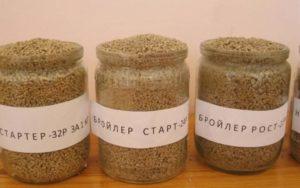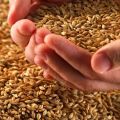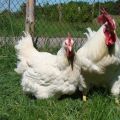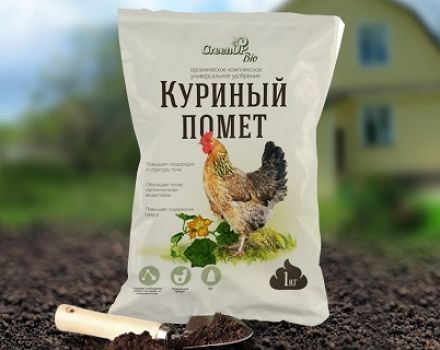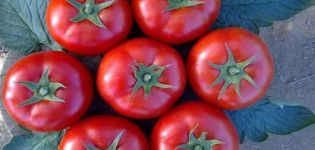Is it possible to feed chickens with barley, how to give and germinate correctly
A significant factor in the health and productivity of poultry is a high-quality, varied, balanced diet. Farmers are trying to formulate a diet that takes into account the needs of birds, but many novice poultry farmers doubt whether barley can be given to chickens and chickens. The product benefits the poultry body, but should be given to chickens in moderation.
Can chickens be given barley?
Grain is the main food source for poultry. Chickens eat it most willingly. Of the grain mass suitable for feeding birds, a considerable percentage is barley. It has a positive effect on the physical condition and productivity of chickens..
However, it is not worth basing the grain part of the diet on barley alone. In addition to barley grains, chickens must be given wheat, oat grains. Also, the poultry diet should contain liquid mash, bone meal, fresh green mass, crushed shell rock and other sources of nutrients and minerals.
A mono-diet based only on barley leads to a deterioration in the well-being of birds, the cessation of laying eggs.
Only high-quality and fresh product should be given to chickens. The quality of the barley is determined by the typical cereal odor and the even light yellow color of the grain shell.
The amount of grain food in the diet of chickens should be about 70%. If the birds are given a grain mixture in such a volume every day, then the supply of the bird's body with proteins necessary for the development of muscle tissues and the formation of eggs will be 50%. The rest of the protein comes from other food sources. Chickens can be given grain, the moisture content of which does not exceed 16%.
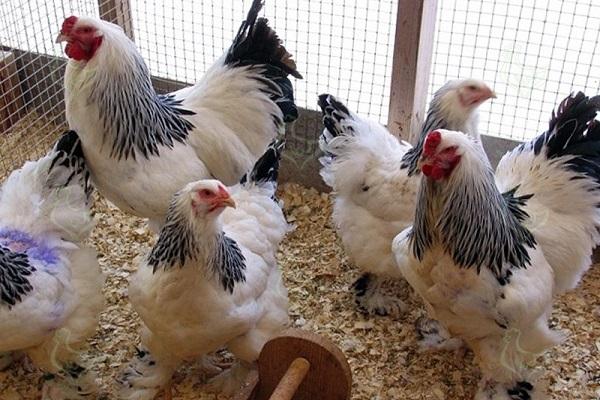
Of all types of grain crops, chickens eat barley least readily, since it has a specific taste. Therefore, farmers try to accustom chicks to the product from the first days of life. And, becoming an adult, the bird eats cereal without problems.
Benefit and harm
Despite the fact that chickens are reluctant to eat barley, it is one of the most beneficial types of grain for the bird's body. The product has a high nutritional value, per 100 g:
- 10 g protein;
- 2.5 g fat;
- 56.5 g of carbohydrates;
- 14.5 g fiber
- 14 g of water.
Barley is a rich source of vegetable fiber, which is not very favorable for chickens. In the bird's body, plant fibers are hard to digest, the stomach spends a lot of time digesting, which makes the product less nutritious. Therefore, the percentage of barley in the total amount of food consumed by birds should not be high.
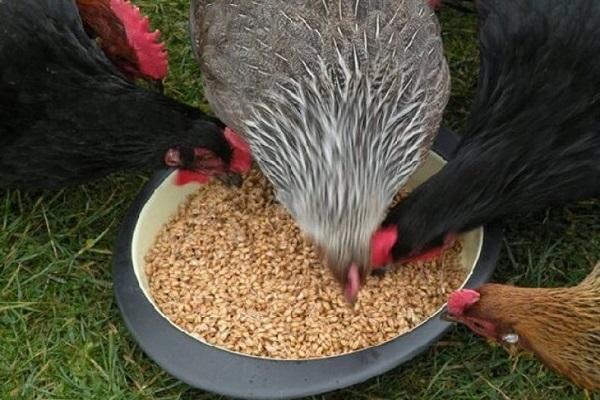
The calorie content of the cereal is quite high, it is 280 kcal per 100 grams.The product contains minerals, vitamins and bioactive compounds that are important for the full development of the chicken's body:
- amino acids - arginine, lysine, isoleucine and others;
- mineral elements - calcium, phosphorus, magnesium, manganese, selenium, zinc, copper;
- B vitamins, choline, biotin, tocopherol.
But, despite the undoubted benefits of cereal crops for chickens, it should be given to layers with caution, observing the moderation of the daily portion. The problem is that in oviparous breeds, the prevailing barley in the diet can reduce the number of eggs produced. Sometimes layers stop producing eggs altogether.
Therefore, in the diet, barley grain should be present in a limited amount, it should be given as part of multi-grain mixtures. It is especially beneficial for birds to mix barley grains with oats and wheat.
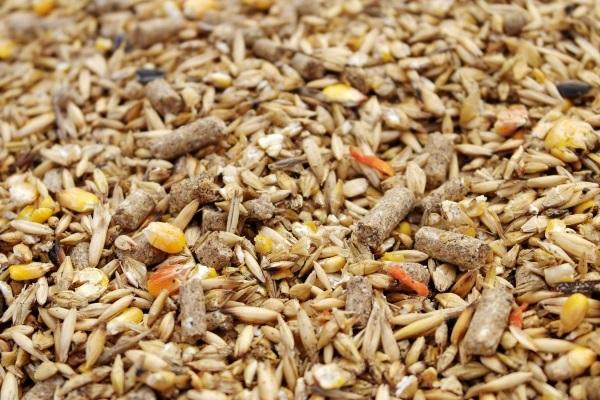
How to germinate barley for chickens?
Chickens are allowed to give not only grain, but also sprouted barley. In the second case, the grain becomes more saturated with vitamins and nutrients. And chickens eat barley seedlings with great desire.
To germinate a grain, they act according to the following algorithm:
- Take wide dishes with low sides. Grain is scattered over it in one layer. Fill with water so that the grain layer is completely immersed.
- The dishes are left in a warm room overnight to swell the barley.
- In the morning, the water not absorbed by the grains is drained. The barley is washed in a sieve with clean water. Pour into a bowl again, fill it with water in the same volume.
- The next morning, the procedure is repeated, but a small portion of water is taken - the grain mass should remain partially submerged.
- The dishes are left in a warm room, covered with moistened gauze. The gauze is periodically sprinkled with water to keep it moist.
As soon as the sprouts hatch, they can immediately be offered to the chickens. The most useful grass is up to 3 cm high.
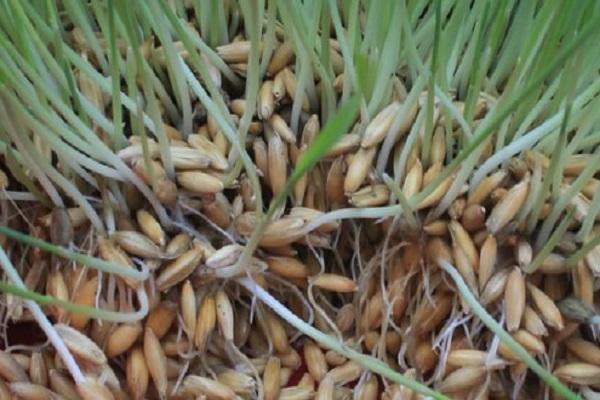
You can leave the seedlings to grow more green mass. After about a week, the grass will grow by 10 cm. The greens are cut, finely chopped, and fed to the chickens.
How and how much can you give?
Chickens can be fed cereal from the first weeks of life. But young animals that have not reached 4 weeks of age are given it in crushed form after removing the hard shell. If you give the chicks unpeeled barley, then the husk can accumulate in an even weak stomach, causing the death of young individuals. For chicks under 4 weeks old, the grain is very finely crushed, and chicks who are only a few days old can only be given the product in the form of flour.
Grain is also given to adults in a crushed and refined form, but they are not crushed as thoroughly as for chicks. Whole husked barley can harm chickens. It is a tough and spinous culture. It can scratch the mucous membranes of the oral cavity and tongue, get stuck in the pharynx, and injure the esophagus. You can understand that the chicken has choked on the hoarse sounds it makes.
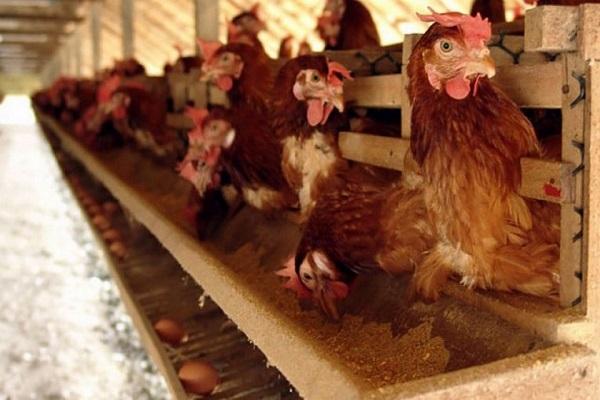
The amount of barley in the cereal mixture prepared daily for livestock should not exceed 30% by weight. Chopped barley seedlings give chickens at the rate of 250 g per 10 individuals.
In what cases is it better not to give barley?
It is not recommended to feed the cereal to shedding chickens or during colder months.
The rest of the time, the grain crop will only benefit the bird's body if it is fed moderately and balanced.

